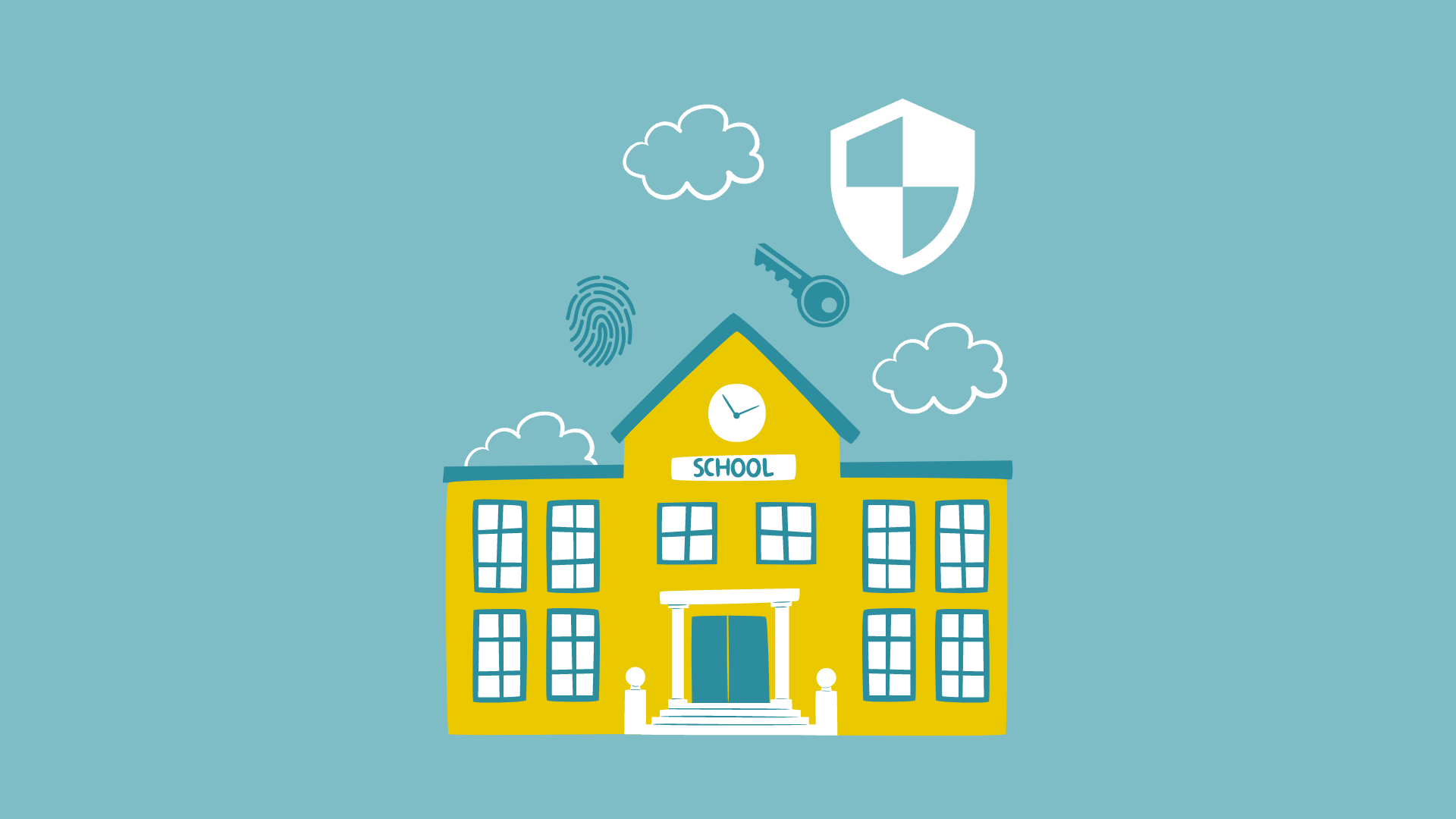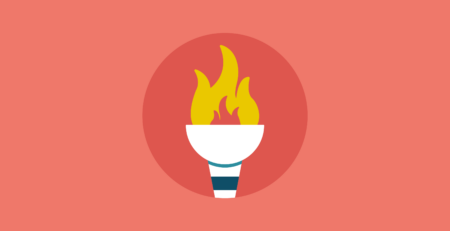Possip’s CEO Shani Dowell sat down with mental health counselor Malené Dixon and Catherine Cecere of Joffe Emergency Services to discuss school safety. After the conversation, Possip had requests from attendees to recap the tangible use cases and takeaways.
Keep reading to cover actions to take for keeping schools safe.
First, let’s pause there on the statement “keeping schools safe.” Notice, it’s a verb. As a society, we can’t guarantee we will always have safe places, but we can work together at keeping safe places for everyone. We can do this by creating:
- Systems of Safety
- Ecosystems of Safety
- Safe Practices
On creating Systems of Safety:
In closing, we loved this key takeaway from mental health counselor Malené Dixon. Safety impacts attendance. How safe and secure a student feels at school is a determining factor of whether they show up at school. Malené pointed out that when schools have threats to campus, they likely have the lowest attendance of the year the next day – stating that was true for her former campus KIPP Sunnyside in Houston, Texas. Hear more on how safety impacts attendance in this one-minute clip with Malené and join us for a special conversation on increasing attendance this January.
On creating Ecosystems of Safety
Catherine Cecere shared a visual for this ecosystem below and discusses these “circles of safety.” She points out, “We at Joffe talk with schools about: how do we keep people safe and how do we make them feel safe? As you can imagine these have so much overlap, but they are not always the same thing.” Critical actions: 1.) Keep people physically safe. 2.) Keep people feeling safe. She discusses administration’s role and other critical actions centered around communication practices in the full conversation.
On creating Safe Practices:
Cat made excellent points summarized here and in the 1-minute clip below. 1.) Learn trauma-informed practices. 2.) Make practicing safety intentional and meaningful.
From Cat: We need to talk about meaningful and trauma-informed practices. Keep talking to kids about what could happen and how to keep our bodies safe. Keep talking to parents about how we practice intentionality of decreasing trauma.
In closing, we loved this key takeaway from mental health counselor Malené Dixon. Safety impacts attendance. How safe and secure a student feels at school is a determining factor of whether they show up at school. Malené pointed out that when schools have threats to campus, they likely have the lowest attendance of the year the next day – stating that was true for her former campus KIPP Sunnyside in Houston, Texas. Hear more on how safety impacts attendance in this one-minute clip with Malené and join us for a special conversation on increasing attendance this January.
Resources and connecting to the panel:
-
- Visit YouTube to hear the entire 50-minute conversation.
- Joffe Emergency Services welcomes you to sign up for their free resources, including a monthly e-newsletter, invitations to webinars, templates, and turnkey slides for schools to use.
- To connect with Cat Cecere of Joffe Emergency Services, schedule a call.
- To connect with Malené Dixon for consultation and consulting services, visit https://www.loftylife.net.
- For federal resources on Campus Safety, click here!
Register for our Ideas for Improving Attendance and Increasing Enrollment event here!





